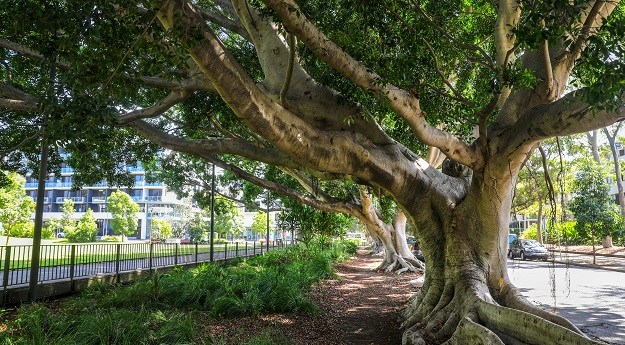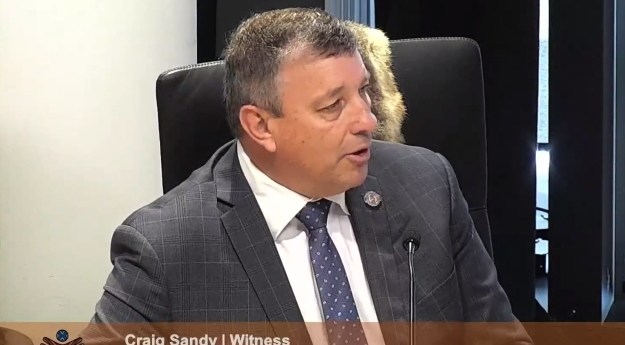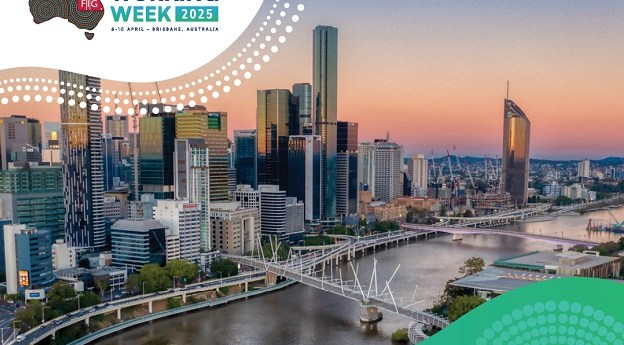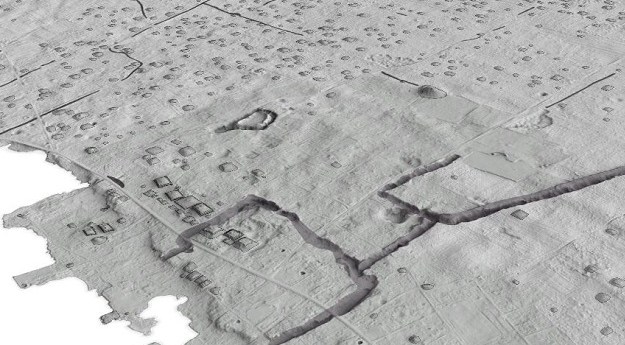
How do we best leverage technology to safeguard public health whilst maintaining privacy and civil liberties?
As the world convulses in its attempts to monitor and contain the novel coronavirus 2019, smart infrastructure and sensors could be playing a critical role in keeping healthy populations safe from the pandemic. States of emergency are rightly declared, and attendant powers granted to state authorities. But with much technological capacity to respond as yet untapped, how do we balance responding to crises with retention of personal privacy and civil liberties? We seek the views of Professor David Jones, Foundation Professor of Planning & Landscape Architecture at Deakin University.
DB: David, you’ve recently published in the journal Healthcare on the potential for ‘smart’ infrastructure, sensors and AI to remake urban healthcare, including in response to public health emergencies, such as the Covid-19 pandemic. What do you see as the key benefits to be realised?
DJ: The benefits lie in better understanding our technological and digital capacities and potentials to model and scenario-plan changes. We have talked a lot about climate change in the last 20 years, and are increasingly using smart technologies like GIS with CommunityViz to micro-model change and foresee matters of urgent resilience planning, but the current situation is new in our research minds. That is, less, the modelling and digital mapping coming out of Johns Hopkins University on pandemic movements and infection mapping in the last 2-3 months.
As demonstrated in the last weeks, if we had active GIS tracking systems working on self-isolation patients and ex-‘Ruby Princess’ passengers via their mobile phones we would be in better situation to fine grain manage the infection spread.
DB: How might these be specifically leveraged in controlling an outbreak of an infectious disease?
DJ: We know these technologies exist. They just have to be enabled and accessed during times of declared emergencies (to address ethical and privacy protocols) in the same way as text messages arise during bushfires and the police can monitor car chase situations.
DB: Some of AI’s benefits have already proved invaluable in early detection and response to the novel coronavirus 2019. What might be key roles for neural networks in this space?
DJ: If we assume that neural networks are a set of algorithms, modelled loosely after the human brain, that are designed to recognise patterns, then patterns of travellers arriving via overseas flights, ocean liners, etc., could be better overseen. The current customs declaration of a ‘fill out the form’ and write down your arrival address – in dramatic contrast to its high-tech passport facial recognition system – means that everything is manual and has hampered tracking in the same way as requests by state government for passenger manifests has hampered immediate and timely tracking of people. Such has been a key aspect of virus spread mediation approaches in Wuhan due to China’s facial recognition technologies, and a similar less-invasive system has been successfully operating in Singapore to delimit virus intrusion into Singapore.
DB: Beyond the open source and open data communities, the big players of the geospatial industry are starting to understand the power of open protocols and data standards. Are they critical to the type of healthcare opportunities you envisage? If so, how?
DJ: Yes, they are but the geospatial industry software more often lacks the seamless capability to equitably share digital friendly information (again recognising ethical and privacy protocols) due to their personalised software constructed platforms. The criticality in this instance is the need to track people to see patterns in their movements and places over the last 14-30 days to identify correlations, patterns, nodes and clusters where and how infections have arrived and have been shared around.
DB: What do you see as the key barriers to these developments in the Australian context – be they regulatory, technological or industry maturity, awareness in public institutions, or others?
DJ: The barriers lie in the ethical, privacy and corporate intellectual property knowledge realms. The initial answers lie in recognising that in times of ‘declared emergency’ some of these storages and mechanisms need to be accessed for human safety reasons. We have seen service providers like Facebook and Google digitally tracking, but can very quickly change their digital advertisements per customer searches and purchases, but also address inappropriate material being shared post-upload. The Christchurch massacre is a case in point.
DB: There is a dystopian cast to some of these technologies, and a looming risk to civil liberties. We already have an Australian academic partnership working on algorithms for consumer drones to monitor the vital signs of individuals. History has shown how crises can erode rights. What are the imminent risks here?
DJ: The risks in this current arena are firstly the inadequacy of our current IT regimes to qualify and micro-track humans and watch for and identify movement patterns and infection spreads. It is clear in the last week that different patterns are occurring in each state, but that there is a very strong correlation back to individuals whom arrived from overseas as unknowingly virus carriers. It is quite likely that the notional self-quarantine in Asian countries by Chinese students wanting to return to Australia for their tertiary studies may also prove unsuccessful. The second is how far are we prepared to go in surrendering part or whole of our individual citizen privacy rights, and also whether certain events need to trigger access protocols. At lot of us were brought reading literature like ‘Animal Farm’, ‘1984’, and the current generation lives inside the movie realms like ‘The Hunger Games’. There is a collective interest in these mystiques but a subtle recognition that perhaps we actually do not want to live inside these places despite their ‘magic’ narratives and or cinematic ‘fun’.
DB: How can we remain sensitive to these risks, monitor the institutions and entities most likely to overreach, whilst permitting an appropriate level of agency to respond? Are there key areas of regulation and legislation that should be reviewed?
DJ: The forthcoming months will be a new realm to chart and consider these questions. Certainly the ‘disaster’ of the Ruby Princess two weeks ago and the government allowing mass de-social-distancing at Sydney Airport this week demonstrate failure of holistic virus management and human tracking systems. The lessons will perhaps lie in the steps taken by Singapore and New Zealand to address the situation, the immediacy of actions, and these need to be subject to a post-COVID-19 review. We learnt a lot from SARS, Ebola and allied virus spreads, and the patterns appear to lie in better early monitoring and delimiting of human movements and contact engagements can lessen and mediate spread and infection.
DB: Many thanks for your input, David. Stay indoors and stay safe!
Stay up to date by getting stories like this delivered to your mailbox.
Sign up to receive our free weekly Spatial Source newsletter.













